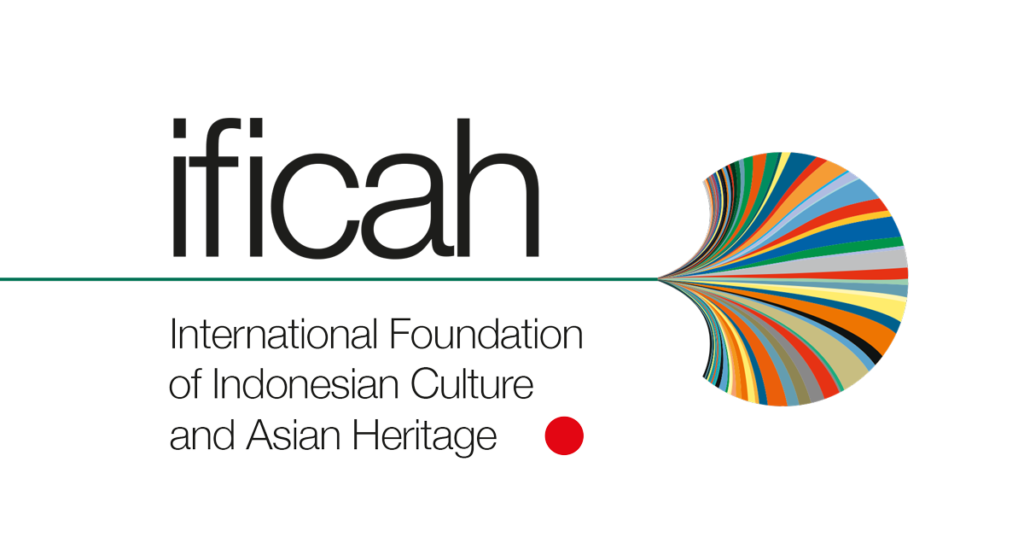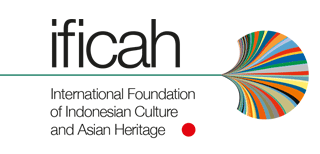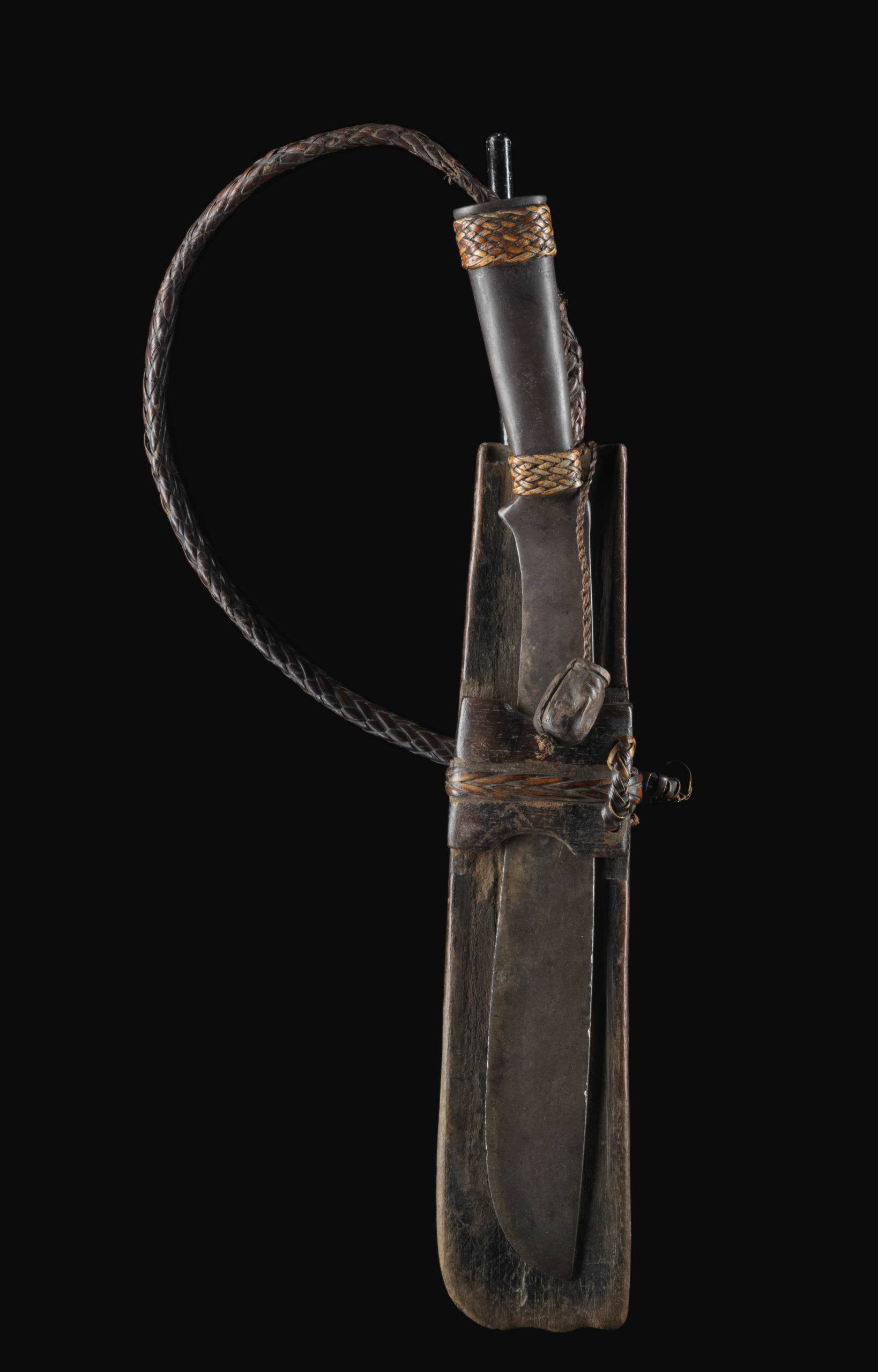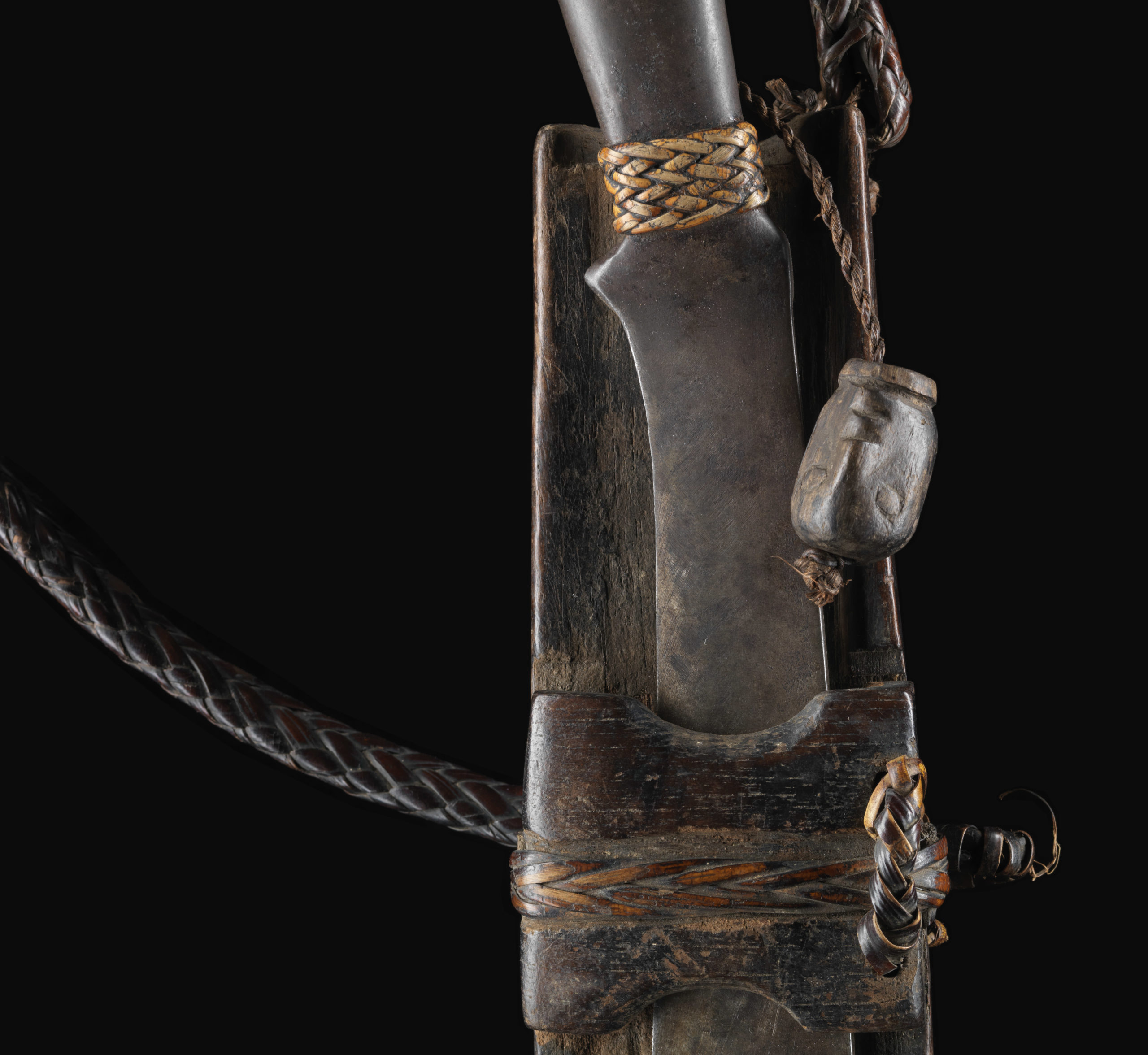Hand knife “bolo”
This slasher is a bolo with an open sheath. The open sheath is made of a small board with the outline of the blade hollowed out. A wooden bar with rattan lacing runs across the blade, which ensures that it is held in the sheath. The longer rattan cord is used to fasten the blade to the belt. A rare end piece is attached here, a small carved wooden head.
The most important hand blade of some Igorot tribes is the bolo, sometimes also called pika. Bolo is a collective name for various long knives, tusks and short swords in the Philippines, similar to parang or klewang in Indonesia. Among the Igorot, bolo serve as universal working and fighting knives. The Spanish expression has become established as a term, but other expressions are also used in the individual Igorot languages, e.g. hanggab with the Ifugao.
As far as the use of bolo is concerned, a border runs through the Igorot region. There are tribes that use the bolo as a universal tool and weapon, those that use the head axe for this purpose and those that use both bolo and the head axe. Among the tribes that use the bolo are Ifugao, Bontok, Ilongot, Kalinga. The bolo of the Igorot can be single-edged or double-edged, but they all have in common a relatively heavy, front-loaded blade that is well suited for cutting. All bolo are universal tools.
| Object | Hand knife “bolo” |
| Culture | Philippinen, Ifugao, Bontoc |
| Time | 19th century |
| Dimensions | Total length 47 cm |
| Material | Steel, wood, rattan |





